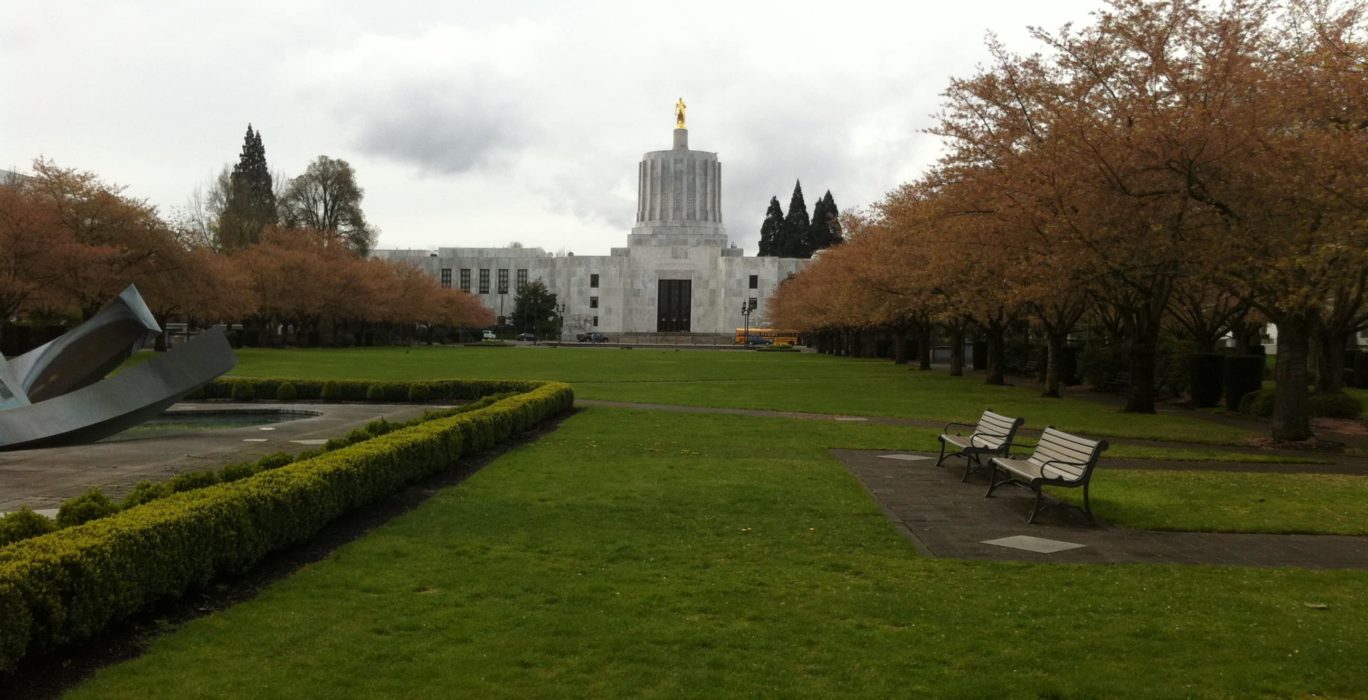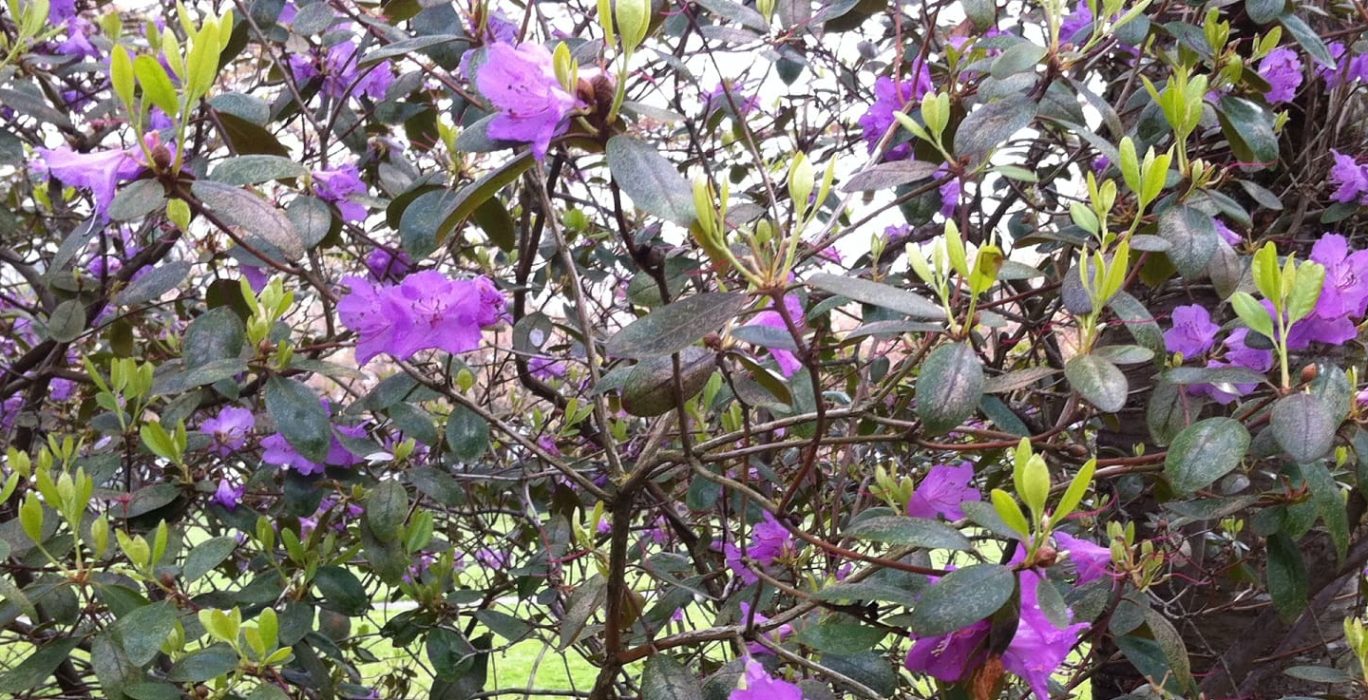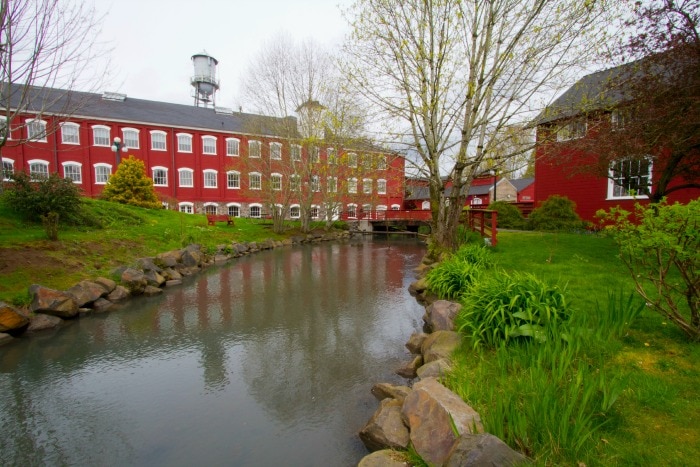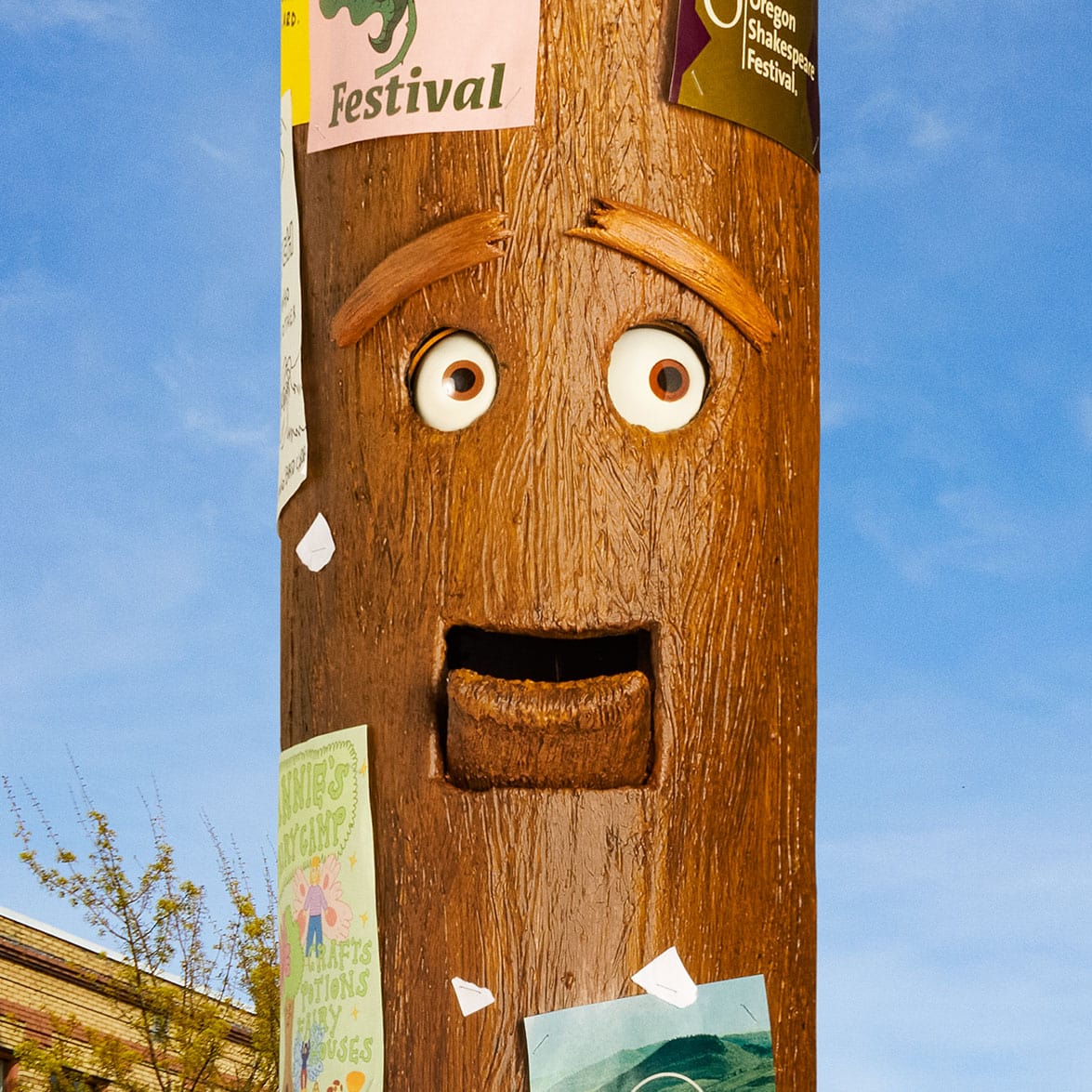History runs deep across Oregon’s varied landscapes where you often find fascinating, colorful and surprising stories. You really can touch Oregon history at three state parks rolled into one Salem visit surrounding our capitol building: Willson Park, the Capitol Park and the Capitol Mall combine for over 20 acres of unique urban property that’s been cared for by Oregon State Parks and Recreation Department since 2008.
You will find colorful blooms as you stroll the easy paths that also offer memorial markers for each of Oregon’s 36 counties along with the dates they became official. Then look up to see the gorgeous flowering rhododendrons and camellias and even the last of the flowering cherry blossoms that line the capitol mall.
Park Ranger Mike Hoffmann called it a highly detailed landscape that offers thousands of varied plants and trees for visitors to enjoy. “It’s planted to offer good color starting in spring and going thru the summer. As one of a handful of urban Oregon State Parks, we are conveniently located and easy to find. It’s a beautiful place this time of year and – for me – a pretty great office to work in. I enjoy it.”
It’s a free day-use parkland meant for strolling or enjoying a picnic lunch – no state park parking permit is required but metered parking is the rule along the capitol streets. Just blocks away, enjoy the easy walk to the five acre campus that touches important Oregon history at the Willamette Heritage Center At The Mill.
The important site is celebrating its 50th anniversary this spring and it offers visitors a significant history lesson about Salem’s early commerce. The centerpiece Thomas Kay Woolen Mill dates back more than 130 years.
The Center’s Curator, Kylie Pine, said that during the mill’s heyday the Thomas Kay Woolen Mill produced wool fabric for soldier’s uniforms and blankets during four American wars. Importantly, the mill employed 20 percent of Salem’s non-farming population. She noted, “If folks didn’t work on a farm, they worked here. This truly is an example of the industrial revolution in Oregon. It’s an interesting one too, because it made use of agricultural products from local farms.”
Today, the mill is more than a remnant of historic commerce; when you visit the mill’s fourth floor, you will see it’s also about contemporary artistry. Darilyn Bennet is one of 60 weavers who belong to the local weaving guild that create modern garments or art work. “Without the Center, I’d be in a vacuum trying to learn how to weave,” said Bennet. “They offer not only instruction but knowledgeable people who have the know-how to show me and offer all kinds of hints through workshops and classes. This is unique and wonderful.”
The Heritage Center also provides an important connection with Oregon’s diverse people, who came here for a new life and built the foundations of the state we know today. 14 historic buildings stand on the grounds and most are open to tour according to Amy Vandegrift, the Center’s Development Director.
She said that varied exhibits will open your eyes to the facts of Oregon life and the state’s earliest residents. “History is the written story and heritage is that broader one where we might not have written that story down, but it’s there and it’s who we are! We really must understand our past to understand who we are today.”
The 50th Anniversary of the Willamette Heritage Center at The Mill is in May and will be marked by a number of events and activities for the entire family. The Heritage Center is open Monday-Saturday, and the Salem Capitol State Park is open daily.



